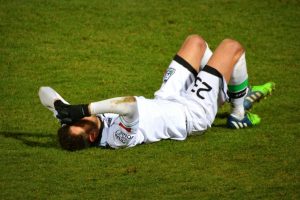Many of us know how frustrating it can be to be injured and held back from our normal training program. Although inactivity and, sometimes, immobilization (cast, brace, etc) are often need to protect a healing injury, the side-effects can be profound. Research has documented changes such as a decay of contractile proteins, decreased motor unit recruitment and sarcomere (functional unit of skeletal muscle) absorption leading to atrophy and weakness. These changes can begin within a few days of inactivity.
What many people don’t know about is something called the cross-transfer effect. This concept is not fully understood and somewhat controversial, but it appears that, in some cases, training the muscles on the healthy limb can induce positive changes in the limb that is immobilized.
So, if you are injured and forced to stop using a particular region of one limb, continue strength training the other limb as this practice has been shown to help maintain strength in the muscles that are inactive.
Article written by Dr. Tom Walters (@rehabscience), a member of team EBT.
Sources:
1. Farthing J et al. Changes in functional magnetic resonance imaging cortical activation with cross education to an immobilized limb. 2011. .
2. Magnus C et al. Effects of cross-education on the muscle after a period of unilateral limb immobilization using a shoulder sling and swathe. 2010.
3. Hendy A et al. Cross education and immobilization: mechanisms and implications for injury rehabilitation. 2012.



